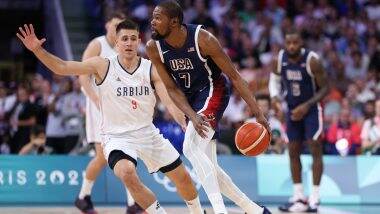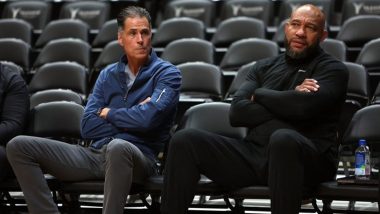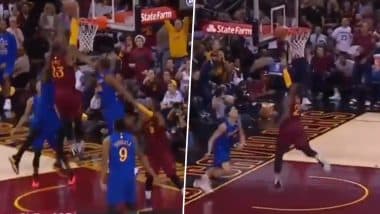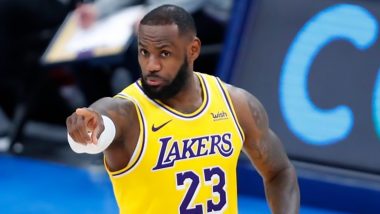In 2010, LeBron James joined Dwyane Wade and Chris Bosh to form a superteam in Miami. In 2016 the Golden State Warriors, fresh off a record-setting 73-9 season, added Kevin Durant. This summer, a similar seismic shift struck the Liga Portuguesa de Basquetebol’s (LPB) First Division: Marcus Patterson, the remarkable American rookie from Portimonense, signed with Queluz, who topped the table at 20-1 before the season was cancelled due to the Covid virus. This move could have consequences for years to come.
Queluz is one of only six LPB franchises this century to win a top-level championship. While the league announced in April there’d be no relegation for next year, promotion games are scheduled for September. Despite last year’s dominance, Queluz isn’t resting on its laurels. The proud franchise from the Portuguese Riviera region near Lisbon is pushing for a return to the glory days of the top division. The addition of Patterson shows they mean business.
Queluz was a prolific, balanced offensive machine last season, the third-highest scoring team in the First Division, second in three-point accuracy and third in 3s attempted and made per game. Nine players finished in the league’s top 100 scorers. While none were named to the league’s first- or second-teams, two players -- António Castel-Branco and Jorge Tati -- received honorable mentions, and two others -- João Lanzinha and João Embaló -- were named to the league’s All-Domestic team. For all Patterson’s accomplishments -- finishing third in the league in scoring and seventh in MVP voting -- it could at first glance seem like his talents are superfluous on a team like Queluz. But a deeper dive suggests he could fit like a glove.
Queluz’s top two scorers last year, Lanzinha and Tiago Pinto, did most of their damage from three-point range. The 6’3” Lanzinha took 40% of his shots from behind the arc, while nearly two-thirds of the 6’2” Pinto’s looks came from deep. At 6’5”, Patterson brings much-needed size to the backcourt, as well as efficiency (52% on two-point attempts) and diversity: in addition to attempting almost five 3s per game, he averaged just under six free throw attempts a night, converting 79%. None of Queluz’s regulars averaged more than 3.4 attempts.
For Queluz, a threat like Patterson inside the arc should open up cleaner looks for everyone outside it. For Patterson, coming off a year with a Portimonense team that ranked near the bottom of the league in three-pointers attempted and made, where his second-highest scoring teammate finished 96th in the league, his new teammates should lighten his load. Queluz led the league last year in rebounds, both total and offensive. After hauling in nine boards a night for Portimonense, Patterson’s glasswork will fit right in.
As Queluz pushes on in their quest to reclaim past glory, it’s worth noting last year’s top three scorers -- Lanzinha, Pinto and Tati -- are 31, 32, and 37. Adding Patterson, 25, to a roster that includes two teenage big men, Embaló and Lamine Banora, plus Castel-Branco entering his prime at 26, points the team not only toward a big step next season, but years to come.








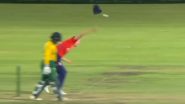
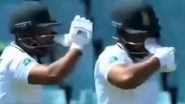

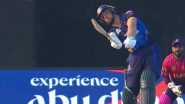

 Quickly
Quickly










